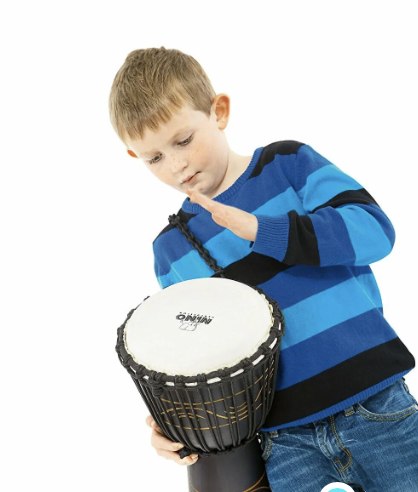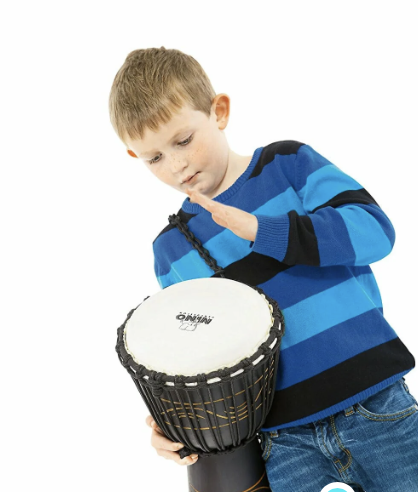The rise in children’s participation in drum circles reflects a broader trend toward experiential learning and the power of music as a form of expression. It’s heartwarming to see kids engaging in joyful rhythms, their laughter and creativity echoing in these vibrant spaces. However, as parents and educators nurture this budding interest, it’s crucial to highlight the importance of drums as instruments with deep cultural roots and historical significance, rather than merely toys to be banged upon.

Drums have been a part of human civilization for thousands of years, serving a variety of functions across different cultures. They are often seen in ceremonies, celebrations, and rituals, acting as a bridge between the spiritual and physical realms. For instance, drumming can be pivotal in African tribal ceremonies, Native American powwows, and even in the context of modern therapeutic practices. Understanding these diverse roles not only enriches a child’s experience but also cultivates a respect for the art form that goes beyond casual play.
The Educational Aspect of Drumming
Educational opportunities surrounding drumming can be both fun and informative. Parents might consider enrolling their children in workshops or classes that teach not only rhythm but also the historical context of various drumming styles. Many cultural traditions use specific drumming techniques that are interwoven with storytelling, rituals, and community bonding. A class that combines hands-on drumming with lessons on these histories can create a more enriching experience.
Moreover, introducing kids to different types of drums, such as djembe, conga, or even traditional percussion instruments from various cultures, can broaden their understanding. Each instrument has its unique sound, craftsmanship, and cultural significance, making for a fascinating exploration. Parents might find it rewarding to take the time to research together, embellishing their drumming experience with stories about the cultures from which these instruments originate.
Balancing Free Expression with Structured Learning
While the freedom to explore and create is essential for a child’s development and confidence, finding a balance between expression and structured learning is key. Children thrive in environments where they feel both safe to experiment and challenged to deepen their understanding. Encouraging improvisation in drum circles is beneficial, but it can be complemented with lessons on rhythm patterns, traditional songs, or even participating in group drumming where they learn to synchronize with others.
Engaging children in discussions about what they feel when they drum can also lead to a greater emotional connection to the music they create. Questions like “What does this beat make you feel?” or “What story do you think this rhythm tells?” can encourage kids to think critically about their musical expression, leading to richer experiences both personally and communally.
Emphasizing Respect and Responsibility
Along with knowledge, teaching children about the responsibility that comes with music-making and instruments is vital. Drums may symbolize community gathering, storytelling, or cultural heritage, and treating them with respect ensures that the traditions associated with these instruments are honored. This can include proper care of the drums, understanding the etiquette during performances, and recognizing the contributions of drumming to the cultural tapestry of society.
Furthermore, instilling a sense of responsibility can be beneficial in other areas of their lives. As they learn to respect the history and significance of the drums, they can develop a broader respect for diverse cultures and traditions. This awareness can foster empathy and provide children with a worldview that appreciates differences rather than viewing them as barriers.

